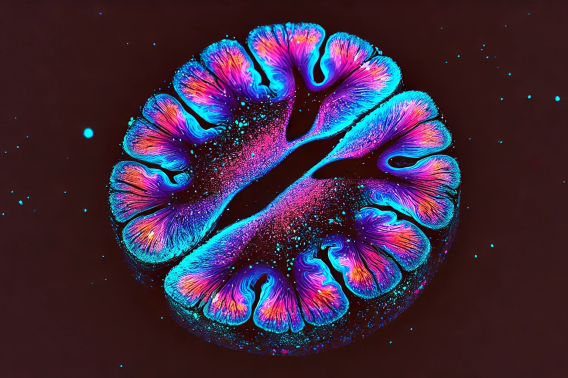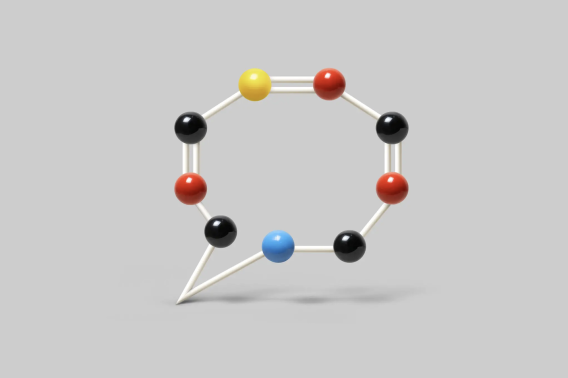Project Summary
The Neuro-Omics Initiative aims to extend the 'omics revolution to the brain, the most complex organ with the largest number of cell types and highly elaborate connections that endow our ability to perceive, think, remember, and act.
Vision
Life sciences are in the midst of an “omics” revolution. New technologies in the past two decades, largely propelled by the human genome project, have enabled scientists to study many biological questions at the scale of all genes (genome), all their mRNA products (transcriptome), and all their protein products (proteome). Thanks to the support of the Wu Tsai Neurosciences Institute, the Neuro-omics Initiative team—with leaders in transcriptomics, proteomics, neuroscience, and computer science—has made substantial progress in the past two years developing new tools and data analysis methods in transcriptomics and proteomics, and utilized these tools to investigate a number of important neurobiological questions. The initiative has also introduced exciting advances in neuro-omics and associated technologies to the Stanford community by symposia, special seminars, and workshops.
Phase 2 of the Neuro-Omics Initiative will center around three pillars: transcriptomics, proteomics, and connectomics (the study of synaptic connection patterns). We will develop new and sophisticated tools that allow neuroscientists to interrogate what genes and proteins are produced in their favorite neuron types, and what other neuron types their favorite neurons connect with. Importantly, the initiative will expand the application of neuro-omics tools to non-traditional model organisms from basal invertebrates to all vertebrate lineages, allowing us to investigate brain evolution at cell-type resolution. The team will also expand its outreach to and education of diverse communities within Stanford and beyond, with timely symposia, seminars, and hands-on workshops.
The success of these efforts will help fill the chasm between neuroscientists' understanding of the brain at the level of genes and proteins on one hand, and circuits and systems on the other hand, with important clinical implications. It will allow the integration of anatomical and physiological studies of the nervous system with developmental and evolutionary approaches, thus deepening our understanding of the brain. It will also propel Stanford to the position of the world leader in Neuro-omics.
Interdisciplinary Research Team
The Neuro-Omics team spans five Stanford departments and three schools (Humanities and Sciences, Engineering, Medicine). Our four original members combined expertise in neurobiology and molecular genetics (Luo), chemistry and proteomics (Ting), biophysics and transcriptomics (Quake), and network and machine learning (Leskovec), leading to fruitful collaborations that resulted in six joint publications in leading journals. The team is excited to have added two new members for Phase 2: Lauren O’Connell brings organismal and evolutionary biology expertise. Bo Wang brings engineering and developmental biology expertise. In addition, working primarily with poison frogs and flatworms, respectively, Lauren and Bo substantially broaden organismal scope for application of neuro-omics tools and enable the initiative to embark on projects related to brain evolution.
Visit the Neuro-Omics Initiative website
Learn more about the 2021 Phase 2 Big Ideas in Neuroscience awards
Project Details
Funding Type:
Big Ideas in Neuroscience Award
Award Year:
2021
Lead Researcher(s):
Team Members:


